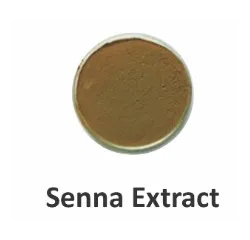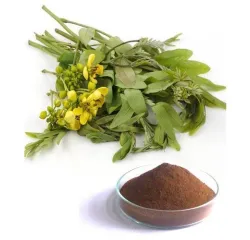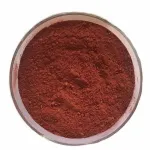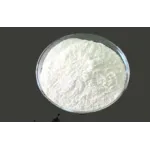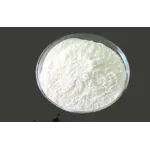L-Theanine 20% (Green Tea Extract)
Brand | Hunan Huakang Biotech |
Product Name | L-Theanine 20% (Green Tea Extract) |
CAS | 84650-60-2 |
Country of Origin | China |
Quantity | 5 Kg To 1 Ton |
Aroma Profile | Floral, fruity, and nutty aroma |
Batch Information | |
Extraction Method | Solvent Extraction |
Botanical Name | Camellia sinensis O. Ktze |
Chemical Constituents | Contains Polyphenols, Amino Acids, Flavinoids, etc. |
Color and Appearance | Light yellow-brownish powder |
Plant Part Used | Leaves |
Specification | |
COA | Available as per request |
MSDS | Available as per request |
GC-MS Analysis | Available as per request |
Container type | Airtight sealed Container |
Storage Recommendations | Store in a cool and dry place. |
Manufacturing
The process for making L-Theanine 20% from Green Tea Extract has several steps, simplified here into key points:
1. Raw Material Preparation: Green tea leaves are one of the best sources of L-Theanine, so the harvest should be fresh and of good quality.
2. Extraction: L-Theanine is taken from the leaves of green tea, and extracted either by water or water-ethanol. The extraction is carried out generally at controlled temperature conditions to attain maximum purity and process yield.
3. Concentration: In the first step, this extract is then concentrated under reduced pressure to remove excess solvent, which, in turn, helps in concentrating L-Theanine content in the liquid extract.
4. Purification: The extract concentrated should further be purified by column chromatography, membrane filtration, or crystallization increasing the purity of L-theanine. This is done to remove impurities and other tea components.
5. Drying: The solution with L-Theanine, after obtaining the pure extract, was dried in a powdered form by techniques of spray drying or freeze drying to ensure that the obtained product was of high concentration levels (20%).
6. Quality control and packaging: Last, the produced L-Theanine 20% Green Tea Extract undergoes stringent quality control testing, which is responsible for setting purity, potency, and quality standards as set by the industry. After meeting the quality control tests, it can then be packaged for sale or further formulated in a variety of products.
Applications
- The extract's high antioxidant properties could be quite desirable in the area of health and fitness. This may, therefore, be applied to dietary supplements, functional foods, and beverages.
- Green Tea Extract has been naturalized in the world of cosmetics and skincare because of its qualities of being a protective agent. Nowadays, it can be used in creams, serums, and even sunscreens to reduce the effect of free radicals, decrease redness, and increase overall health. Ideal for many conditions of the skin, they offer a safe and natural solution to youthful, radiant-looking skin.
- In high polyphenol levels, Green Tea Extract presents a perfect choice as a promising ingredient in treatments that target improved management of symptoms related to health conditions.
- The extract offers more than health benefits, in that, it becomes a natural flavoring and preservative agent in food production. Food manufacturers can therefore use this to add the taste profiles of the various products while at the same time extending the shelf life of the product.
- The benefits are not only for human health but also find application in pet care products. Green Tea Extract can be used in supplements and grooming products; it increases digestion, coat condition, and overall vitality.
Geographical Specifications
- Camellia sinensis favors a tropical to subtropical climate of a temperature range from 13-30°C. It requires a minimum of 1200 mm of rainfall in a year and is well-distributed all around for the better growth of the plant.
- The tea plant develops best at high elevations; it ideally should be planted at elevations ranging between 600 to 2200 meters above sea level. Elevation helps develop flavor profiles in the leaves, and usually, the most vigorous, flavorful tea comes from the highest areas.
The natural range for the cultivation of Camellia sinensis lies mainly within East Asia, South Asia, and Southeast Asia regions. The range includes countries such as China, India, Japan, Sri Lanka, and Taiwan. However, most of the plantation diversified to other parts of the world, including Africa and South America, where climate and elevation supported growth.
No reviews found






